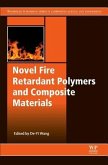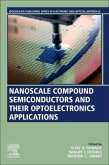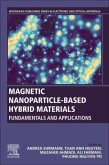Organic Ferroelectric Materials and Applications aims to bring an up-to date account of the field with discussion of recent findings. This book presents an interdisciplinary resource for scientists from both academia and industry on the science and applications of molecular organic piezo- and ferroelectric materials.
The book addresses the fundamental science of ferroelectric polymers, molecular crystals, supramolecular networks, and other key and emerging organic materials systems. It touches on important processing and characterization methods and provides an overview of current and emerging applications of organic piezoelectrics and ferroelectrics for electronics, sensors, energy harvesting, and biomedical technologies.
Organic Ferroelectric Materials and Applications will be of special interest to those in academia or industry working in materials science, engineering, chemistry, and physics.
The book addresses the fundamental science of ferroelectric polymers, molecular crystals, supramolecular networks, and other key and emerging organic materials systems. It touches on important processing and characterization methods and provides an overview of current and emerging applications of organic piezoelectrics and ferroelectrics for electronics, sensors, energy harvesting, and biomedical technologies.
Organic Ferroelectric Materials and Applications will be of special interest to those in academia or industry working in materials science, engineering, chemistry, and physics.







